Monthly Archives: August 2024
SOURCE: IDRW.ORG TEAM
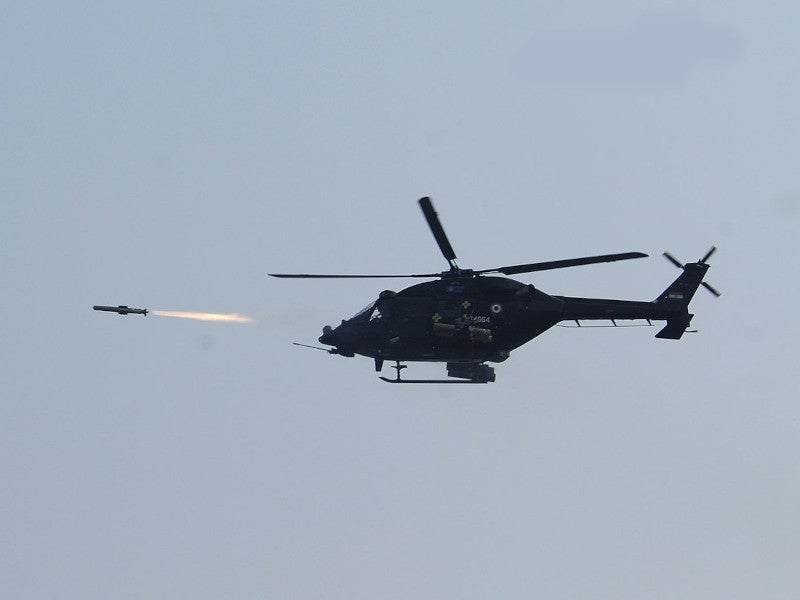
Bharat Dynamics Limited (BDL) has announced that user trials for the HELINA anti-tank guided missile (ATGM) are set to commence within the next year. The HELINA, a third-generation fire-and-forget missile, will be integrated onto the Light Combat Helicopter (LCH) Prachand, developed by Hindustan Aeronautics Limited (HAL).
Vinod Kumar, GM at BDL, confirmed that developmental trials of the HELINA have been successfully completed on the ALH-Rudra Weapon System Integration (WSI) helicopter. The upcoming user trials will evaluate the missile’s performance on both the ALH-Rudra WSI and the LCH-Prachand.
Continue readingSOURCE: RAUNAK KUNDE / NEWS BEAT / IDRW.ORG

The Defence Research and Development Organisation (DRDO) is steadily fortifying India’s defence capabilities with the progressive development and deployment of its Ballistic Missile Defence (BMD) system. The nation is now under a multi-layered shield, designed to intercept incoming ballistic missiles at various altitudes.
Phase I of the BMD program has seen the deployment of the Prithvi Defence Vehicle (PDV) and Advanced Air Defence (AAD) interceptor systems across the country. These systems are designed to intercept ballistic missiles with ranges up to 2,000 km, providing a robust shield against medium-range threats. The deployment of these interceptors enhances India’s defensive capabilities and demonstrates the country’s progress in indigenous missile defence technology.
Continue readingSOURCE: RAUNAK KUNDE / NEWS BEAT / IDRW.ORG
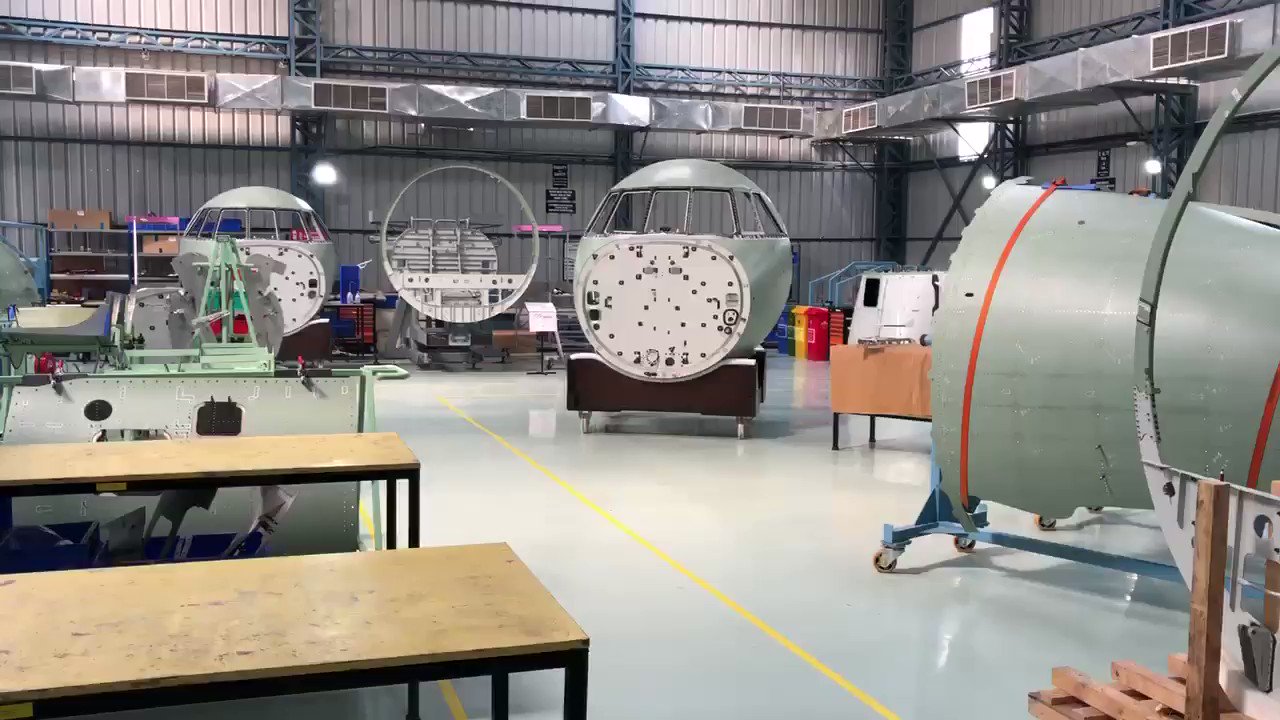
French aerospace giant Dassault Aviation is making a significant move to take full ownership of Dassault Reliance Aerospace Ltd (DRAL), located within Nagpur’s MIHAN Special Economic Zone (SEZ). This bid comes as Dassault aims to secure a contract for manufacturing Rafale jets in India under the Medium Multi-Role Fighter Aircraft (MRFA) tender for 114 jets from the Indian Air Force (IAF). However, this proposal is encountering resistance from the Indian Ministry of Defence (MoD).
Dassault’s pursuit of 100% ownership of DRAL is driven by its desire to have absolute control over the supply chain within India. The French firm argues that this control is crucial for meeting both domestic and export demands efficiently. While parts for Rafale jets are already being sourced from DRAL, the facility requires significant investment and expansion to be capable of assembling the jets domestically.
Continue readingSOURCE: RAUNAK KUNDE / NEWS BEAT / IDRW.ORG
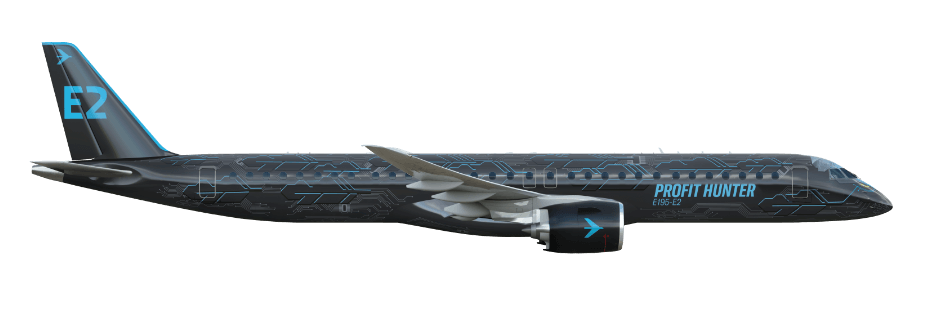
In a bid to strengthen its foothold in the Indian aviation market, Brazil’s Embraer has offered its E195-E2 aircraft to HAL-Mahindra for domestic production of the aircraft for the regional market. While The move underscores the South American nation’s emphasis on technology transfer and local manufacturing capabilities, talks are still being held with many Indian companies by the Embraer.
The Embraer E195-E2, is the largest aircraft in the E-Jet E2 family, is renowned for its efficiency and profitability on high-density routes. Its advanced wing design and aerodynamic enhancements contribute to a remarkable 10% reduction in fuel consumption compared to its predecessors.
Continue readingSOURCE: IDRW.ORG TEAM
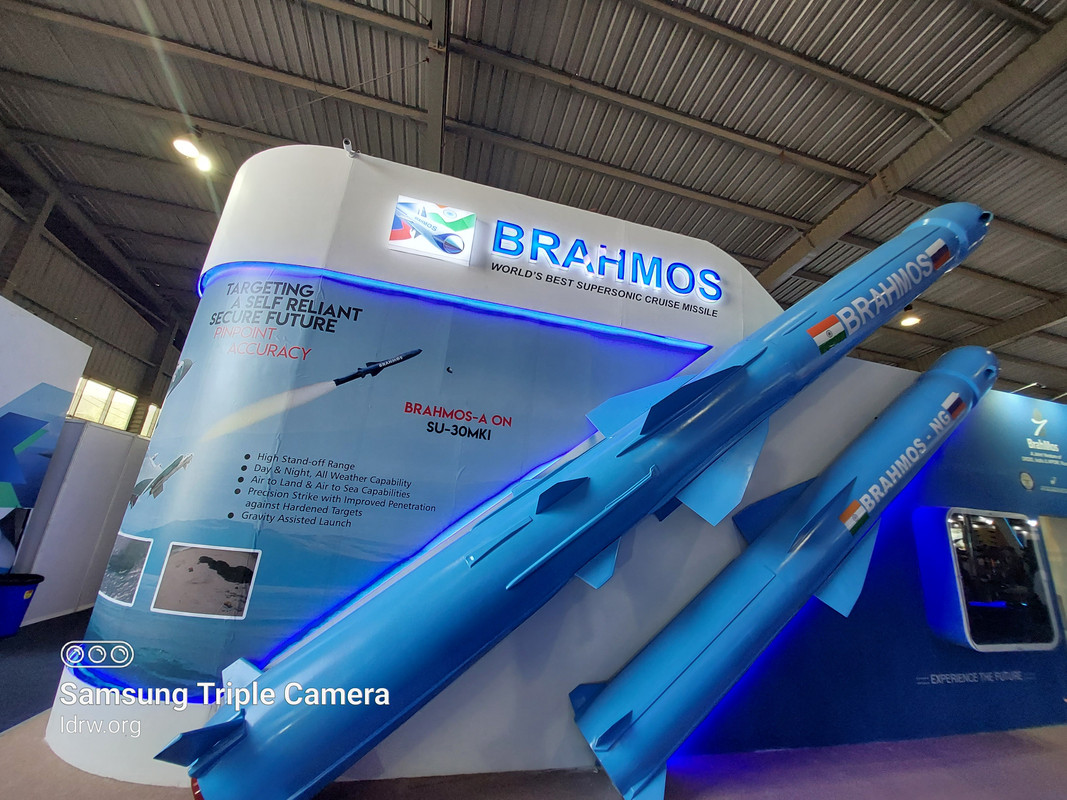
The highly anticipated BrahMos-NG supersonic cruise missile, a joint venture between India and Russia, is set to commence testing within the next two years. This announcement was made by A. Maksichev, co-director of the BrahMos joint venture on the Russian side, in a statement to TASS news agency.
The BrahMos-NG is a formidable weapon, weighing in at 1.3 tons and capable of being launched from any fighter aircraft. It is particularly designed to integrate seamlessly with the Indian Air Force’s Sukhoi-30MKI fleet. With a remarkable range of 290 kilometers and a blistering speed of Mach 3.5, the BrahMos-NG is poised to become one of the deadliest air-launched cruise missiles in the world.
Continue readingSOURCE: IDRW.ORG TEAM
The Indian Army has initiated a Request for Information (RFI) to bolster its domestic defense capabilities by seeking indigenous production of advanced 125mm Armour Piercing Fin Stabilized Discarding Sabot (APFSDS) ammunition. This critical component is essential for enhancing the firepower of the country’s T-72 and T-90 main battle tanks.
The RFI emphasizes the need for ammunition with superior Depth of Penetration (DoP) capabilities, a crucial factor in defeating modern armored vehicles equipped with advanced protection systems. By localizing the production of this essential munition, the Indian Army aims to reduce dependence on foreign suppliers and create opportunities for domestic defense industries.
Continue readingSOURCE: RAUNAK KUNDE / NEWS BEAT / IDRW.ORG
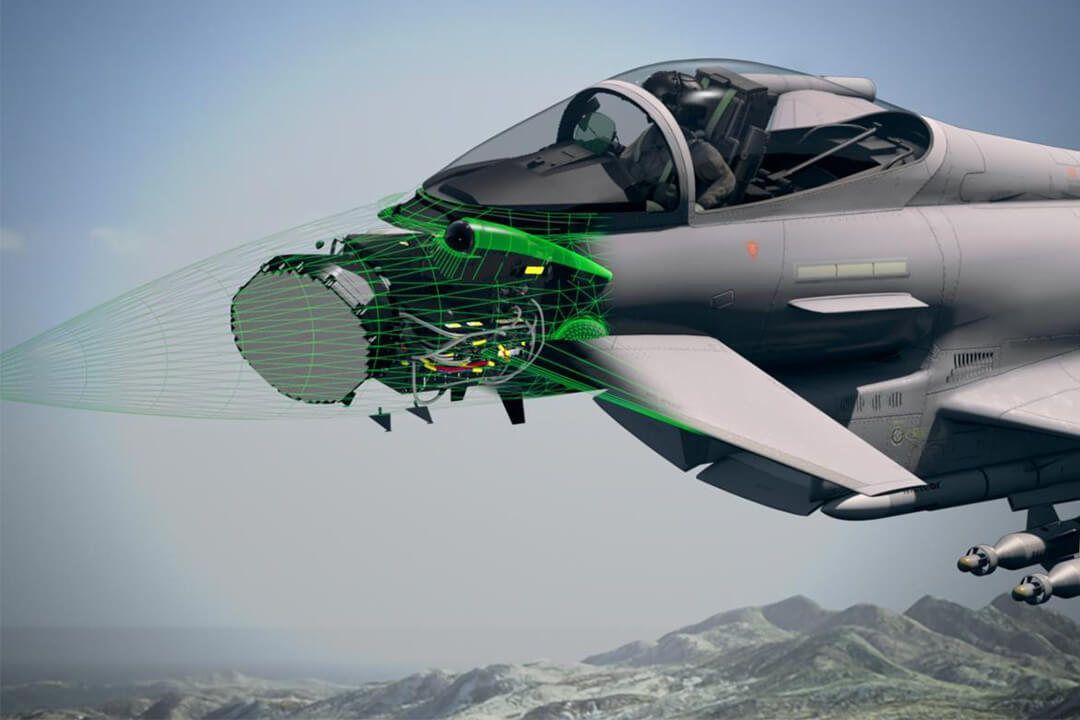
In a significant development for India’s military modernization, the Defence Research and Development Organization (DRDO) has confirmed the existence of Project Virupaksha, an ambitious project aimed at upgrading the Su-30MKI fighter jets with advanced Active Electronically Scanned Array (AESA) radars.
According to Dr. B.K. Das, the Director General for Electronics and Communication Systems at DRDO, Project Virupaksha will equip the Su-30MKI with a state-of-the-art AESA radar, offering enhanced capabilities such as simultaneous radar functionalities, air surveillance, air-to-ground targeting, and weapon control.
Continue readingSOURCE: RAUNAK KUNDE / NEWS BEAT / IDRW.ORG

In a strategic move to deepen defence ties, India has proposed a modified version of its Nilgiri-class frigate to the Brazilian Navy. This offer comes as Brazil is expanding its naval capabilities with the Tamandaré-class frigate program.
Currently, Brazil operates one Tamandaré-class frigate, the ‘Jerônimo de Albuquerque’, with three more under construction. Built by ThyssenKrupp Marine Systems, these ships have a displacement of around 3,500 tons. In contrast, the Indian-built Nilgiri-class frigate is significantly larger, boasting a displacement of 6670 tons.
Continue readingSOURCE: RAUNAK KUNDE / NEWS BEAT / IDRW.ORG
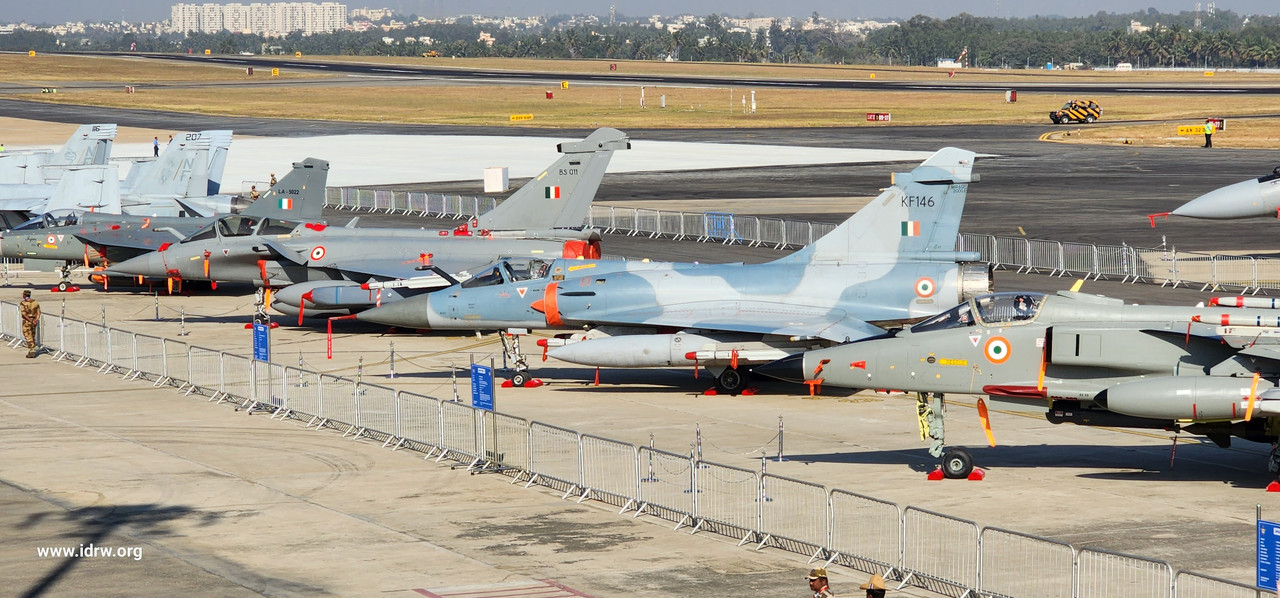
Dassault Maintenance and Repair Organisation, India (DAMROI) is set to significantly bolster the Indian Air Force (IAF) with the establishment of a new maintenance hub in Noida, Uttar Pradesh. This state-of-the-art facility will specialize in servicing the IAF’s fleet of Mirage-2000 and Rafale fighter jets, promising faster turnaround times and cost-efficiency.
Currently, the IAF operates around 50 Mirage-2000 aircraft, acquired in the 1980s, and two squadrons of 36 Rafale jets, recently inducted into service. The new DAMROI facility will play a crucial role in ensuring the optimal operational readiness of these fighter aircraft.
Continue readingSOURCE: IDRW.ORG TEAM

A fierce competition is brewing for the Argentine Army’s upcoming utility helicopter acquisition program. European aerospace giant Airbus Helicopters has officially submitted a bid for its H145M multi-purpose helicopter to replace the aging Bell UH-1H Iroquois fleet.
The H145M, renowned for its versatility and advanced avionics, is set to face stiff competition from India’s Hindustan Aeronautics Limited (HAL), which has offered its ALH-Dhruv helicopter. This development marks a significant opportunity for both companies to expand their global footprint.
Continue readingSOURCE: IDRW.ORG TEAM
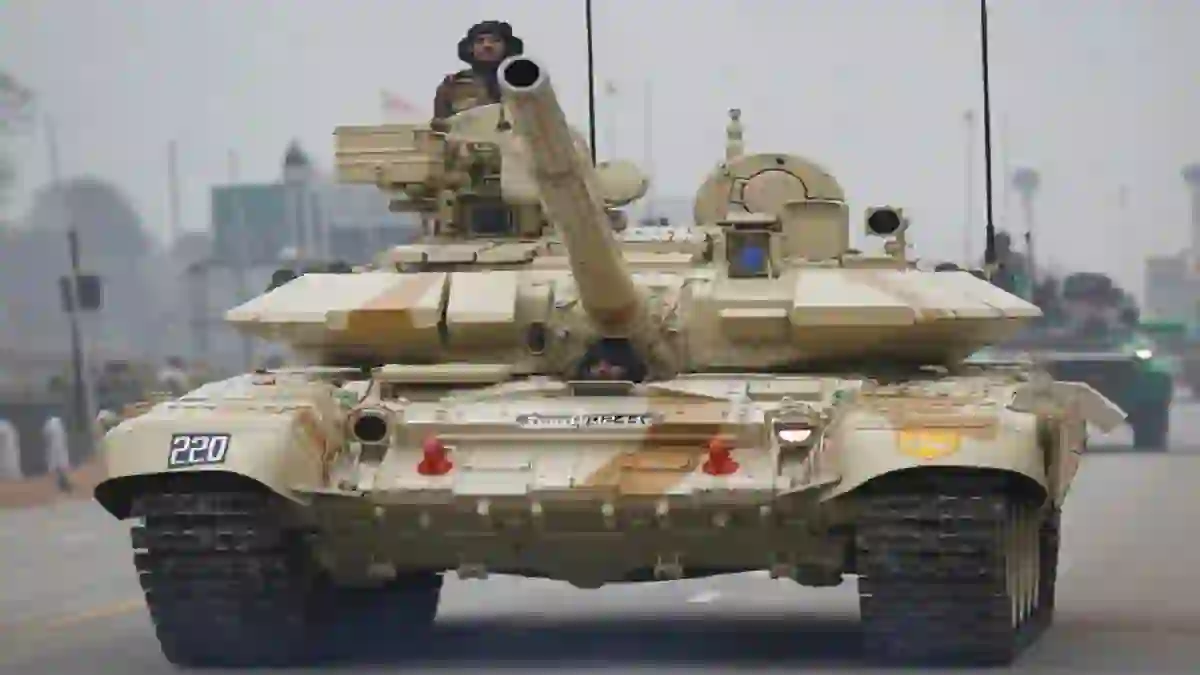
The Indian Army is taking significant steps to enhance the survivability of its fleet of T-90 main battle tanks (MBTs) in the face of evolving battlefield threats. To counter the growing menace of shaped grenades, guided missiles, and FPV drones, the Army plans to equip these tanks with specialized mesh screens and nets. These protective measures will shield the engine and transmission compartment, as well as the vulnerable aft part of the turret.
India operates approximately 1,100 T-90 MBTs, which are undergoing phased upgrades to the MS configuration. This modernization initiative aims to bolster the tanks’ capabilities across multiple domains. Earlier this year, a notable milestone was achieved with the delivery of the first batch of 10 T-90 Mk-III MBTs by the state-owned Armoured Vehicles Nigam Limited (AVNL).
Continue readingSOURCE: RAUNAK KUNDE / NEWS BEAT / IDRW.ORG

Rekise Marine Private Limited has secured a significant contract under the Indian Navy’s iDEX Aditi 1.0 Challenge to develop the Jalkapi Autonomous Underwater Vehicle (AUV). This advanced subsea platform is designed for extended underwater survey missions and can operate for up to 45 days without resupply.
The Jalkapi, with its impressive dimensions of approximately 10 meters in length and 2 meters in diameter, is equipped with a robust suite of sensors including EO/IR cameras, multi-beam echo sounders, and sonar systems. The AUV will also incorporate advanced navigation and obstacle avoidance systems to ensure safe and efficient operations.
Continue readingSOURCE: RAUNAK KUNDE / NEWS BEAT / IDRW.ORG

Noida-based Raphe mPhibr Pvt. Ltd has emerged victorious in the Indian Navy’s iDEX Aditi 1.0 Challenge. The company has been tasked with developing an indigenous high supersonic to hypersonic propulsion system for fixed-wing flying objects such as missiles and aircraft.
This significant win underscores Raphe mPhibr’s expertise in propulsion technology and its potential to contribute significantly to India’s defence capabilities. Developing such a propulsion system is a crucial step towards achieving self-reliance in advanced aerospace technologies.
Continue readingSOURCE: RAUNAK KUNDE / NEWS BEAT / IDRW.ORG

In a significant boost to India’s defence manufacturing capabilities, Russia is set to supply essential metallurgical inputs for the overhaul of the Sukhoi-30MKI fighter jet fleet.
State-owned Hindustan Aeronautics Limited (HAL) will undertake the overhaul process at its facility in Koraput, Odisha. The supply of raw materials and processed components, including superalloys, is crucial for the maintenance and upgradation of these aircraft.
Continue readingSOURCE: IDRW.ORG TEAM

William L. Blair, Vice President & Chief Executive of Lockheed Martin India, recently highlighted a significant advantage that the F-21 fighter jet could offer to the Indian Air Force (IAF) as part of the Multi-Role Fighter Aircraft (MRFA) tender. The F-21, Lockheed Martin’s advanced version of the F-16V, is powered by the General Electric F110-GE-129 afterburning turbofan engine. This engine, Blair noted, could provide an added edge due to the IAF’s existing familiarity with General Electric’s engines, specifically the F404 and F414 engines that power India’s Tejas Mk1A and MkII fighter jets.
Although the F110-GE-129 engine is not directly based on the F404 and F414 engines, Blair emphasized that the growing General Electric (GE) supply chain in India, which is being developed to maintain and support the F404 and F414 engines, will play a crucial role. This supply chain infrastructure will enable India to manage and maintain the F110-GE-129 engines more effectively within the country, reducing reliance on external support and enhancing operational efficiency.
Continue reading